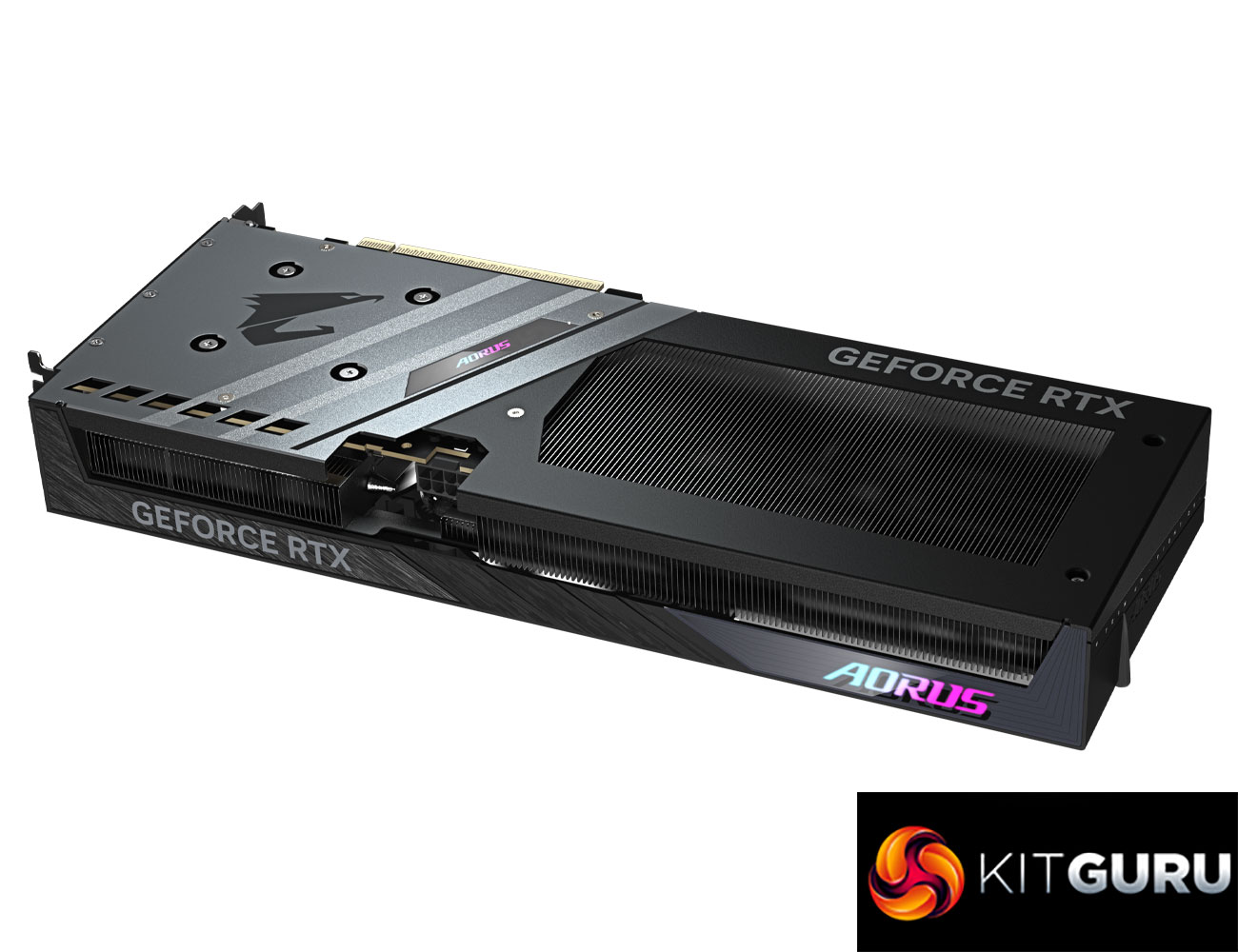Nvidia's RTX 5060 Ti is the latest in a long line of Blackwell GPUs to hit the market, arriving in both 8GB and 16GB flavours. I was only sent 16GB models for this review and it didn't sound like 8GB variants would be particularly prevalent at retail upon launch – probably for the better considering a 8GB GPU launching at $379 sounds like madness to me.
But back to the 5060 Ti 16GB, it's a curious GPU that epitomises the term ‘mixed-bag'. On the one hand, rasterisation performance is solid for 1080p and even 1440p gaming, though the latter resolution becomes more of a challenge if you stick to Ultra settings.
However, compared to the RTX 3060 Ti, we're only looking at a 31% uplift for 1080p rasterised gaming – and that's a GPU which launched at the end of 2020, almost five years ago! It's clearly underwhelming and exemplifies the struggle for meaningful performance increases that this market segment has been crying out for.
That said, in the context of today's market, I don't think the RTX 5060 Ti 16GB is a bad product. After all, it's still delivering circa 15% gains over its predecessor, the RTX 4060 Ti 16GB, which actually sounds decent compared to some other Blackwell GPUs like the RTX 5070, which is just 1-5% ahead of the RTX 4070 Super. As much as we may want larger generational gains, that's just not the reality for the 50 series given it remains on TSMC's 4N node, so I do think we need to be realistic with expectations.
It also helps that the RTX 5060 Ti 16GB is launching with at the lower price point of £399/$429. The 4060 Ti 16GB initially hit the market at £479, though it did later drop below £450, but even against that figure we're looking at an 11% price drop. There is of course a fair bit up in the air around PC hardware prices right now, but I do at least have some confidence that this price point will be achievable after seeing the RTX 5070 in stock at MSRP over the last couple of weeks. Heck, it's even been on sale for less than MSRP, so we'd hope for more of the same this time around.
Of course, the RTX 3060 Ti comparison gets much more favourable when looking at ray tracing performance, largely thanks to having double the VRAM. 8GB cards these days just cannot deliver certain experiences when ray tracing is enabled, resulting in the 5060 Ti 16GB being multiple times faster in titles like Indiana Jones and the Great Circle.
Nvidia also points to its new DLSS 4 technology, and specifically Multi Frame Generation (MFG), as a key selling point for the RTX 50 series. It's certainly a good feature to have, but I don't buy the claims that it can elevate the RTX 5060 Ti 16GB to a path tracing-capable 1440p gaming GPU – the base frame rate is just far too low, resulting in increased latency and noticeable visual issues. Don't get me wrong, it can still offer a huge improvement to visual fluidity in other situations, but it just needs a decent base frame rate in order to deliver a good experience, and that's more likely to happen at 1080p, rather than 1440p, with this GPU.
Power efficiency is another strong point for the RTX 5060 Ti 16GB. It sips power by modern standards, averaging under 150W in my testing, and the use of a single 8-pin connector is welcome for those building or upgrading in smaller or older systems. It's not a huge step forward in overall performance per Watt compared to the 40 series, but it's up there with the best for 1080p and 1440p gaming, so we can't complain.
What really strikes me about this GPU, though, is its lack of a real competitor. Cards like AMD's RDNA-3 based RX 7700 XT and 7800 XT are still very strong for traditional rendering, but they come with clear downsides: significantly worse ray tracing performance, no FSR 4 support, and now increasingly limited availability as stock diminishes. All of those factors are significant enough where I just wouldn't recommend one of those cards over the RTX 5060 Ti 16GB. The rumoured RX 9060 XT is likely to go head-to-head with Nvidia in this market segment, but we've not heard anything official on that front yet.
You could make the case that the RTX 5070 is the biggest threat to the RTX 5060 Ti 16GB – it's readily in stock at MSRP, offers performance that's some 35-40% better depending on the game, and it's not too much more expensive, sitting at £529. That said, it's priced high enough to still be out of reach for many, in which case the RTX 5060 Ti 16GB becomes the obvious choice around the £400 mark – for now, at least.
So no, it hasn't blown me away, and you can easily argue that the product itself is fairly underwhelming. But in this market segment, Nvidia's RTX 5060 Ti 16GB is our new go-to recommendation – just don't get the 8GB model, please.
A final word on the two cards tested today. Palit's Infinity 3 is a capable model, it's clearly built to hit the MSRP and as such is fairly light on features, but it runs quiet and cool, so I can't really complain. Gigabyte's Aorus Elite is a much more premium offering, sporting RGB lighting, dual-BIOS and a metal backplate, while the cooler is more sophisticated, resulting in even lower thermals and noise levels than the Infinity 3. I don't have a confirmed price for it yet, but it's almost certainly going to come in well above MSRP, so as good as it is, be careful not to overpay as the 5070 could make more sense if the pricing creeps closer to £500.
Pros
- Capable GPU for 1080p and 1440p gaming.
- One of the better value 50 series GPUs, roughly on par with the RTX 5070 for cost per frame.
- Lower launch price than the RTX 4060 Ti 16GB.
- 15-20% gains over its predecessor are better than some other Blackwell GPUs.
- 16GB framebuffer ensures video memory won't be a limitation.
- Low power, both models tested use a single PCIe 8-pin connector.
- Palit Infinity 3 and Gigabyte Aorus Elite partner cards run cool and quiet.
- DLSS 4 has improved Ray Reconstruction and Super Resolution scaling.
- Multi Frame Generation enables higher frame rates than would otherwise be possible.
Cons
- Value isn't clearly better than the RX 5070.
- MFG isn't really suitable for 1440p path traced experiences (contrary to Nvidia's marketing).
- RX 7700 XT and 7800 XT are competitive for rasterisation (but fall off in basically every other area).
- Prospective buyers may want to wait and see what the 9060 XT can bring to the table.
KitGuru says: The RTX 5060 Ti 16GB isn’t going to blow anyone away, but if pricing and availability follow the RTX 5070’s lead, it shapes up to be a decent option in today’s market.
 KitGuru KitGuru.net – Tech News | Hardware News | Hardware Reviews | IOS | Mobile | Gaming | Graphics Cards
KitGuru KitGuru.net – Tech News | Hardware News | Hardware Reviews | IOS | Mobile | Gaming | Graphics Cards




